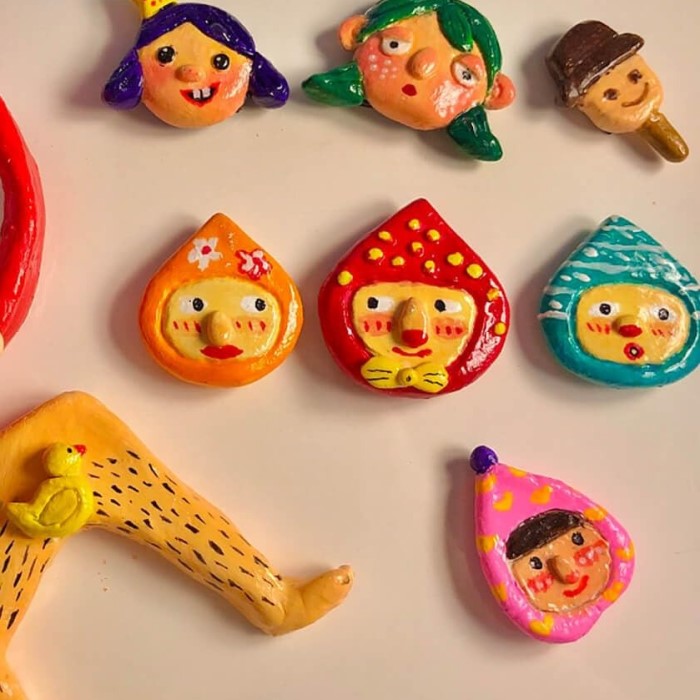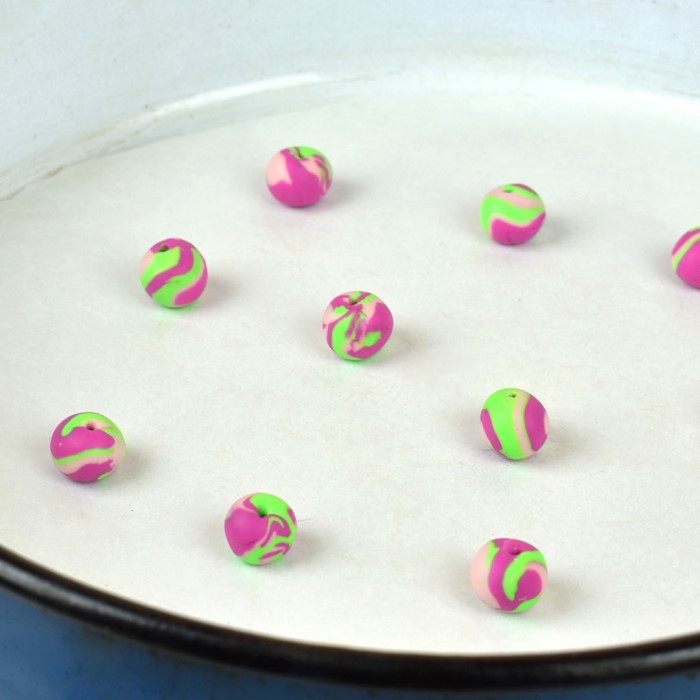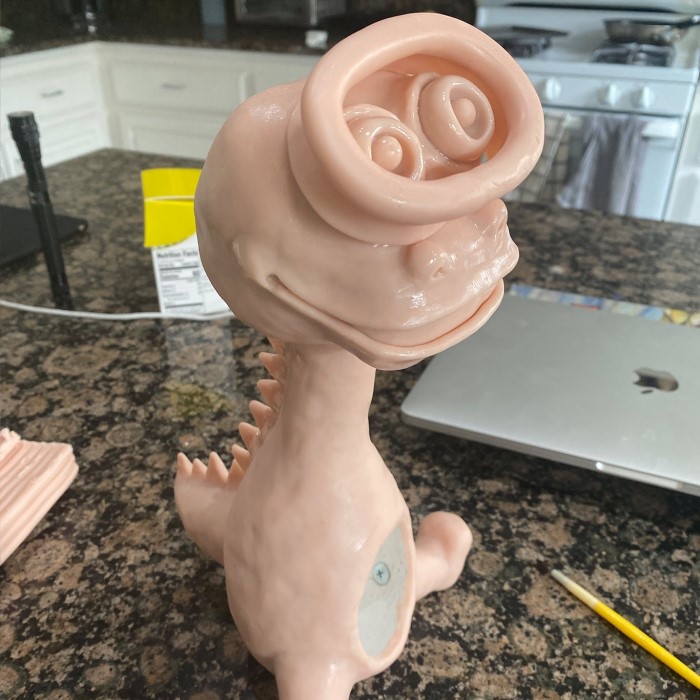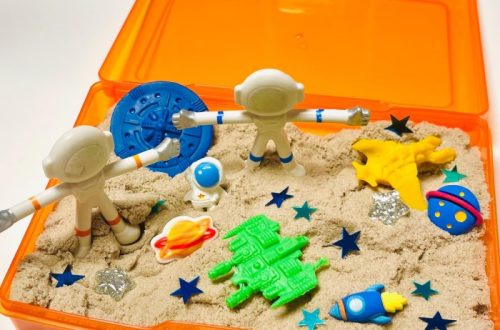Introduction to Polymer Clay
Polymer clay is a versatile and popular medium among artists, hobbyists, and crafters. It allows for a wide range of creative expression due to its flexibility in shaping and molding. Whether you’re making jewelry, figurines, or decorative items, polymer clay is an excellent choice for your projects. However, a common question that surfaces during the crafting process is, “Do you bake polymer clay?” The short answer is yes; baking is a crucial step in turning your soft, pliable clay into a durable, long-lasting final product. In this article, we will dive deep into the baking process, providing a comprehensive guide and addressing common misconceptions while ensuring your projects achieve the best possible results.

The Importance of Baking Polymer Clay
Baking polymer clay is essential for several reasons. First, it directly affects the integrity and durability of your creations. Unlike air-dry clay, which hardens through exposure to air, polymer clay requires heat to cure correctly. This baking process creates a chemical reaction that transforms the soft clay into a solid piece that can withstand handling and use.
Additionally, baking enhances the colors of polymer clay. Often, the colors appear more vibrant and alive after baking than before. This change occurs because the heat alters the clay’s chemical structure, bringing out the underlying pigments and making the colors pop. Therefore, if you’re excited about creating vibrant, eye-catching pieces, following the baking process is crucial.
Preparing Polymer Clay for Baking
Preparation is key to achieving the best results with polymer clay. Here’s how to prepare your polymer clay projects before baking:
- Conditioning the Clay: The first step is to condition your polymer clay. This involves kneading the clay until it becomes soft and pliable. Proper conditioning ensures that the clay is homogeneous and free from air bubbles that could lead to imperfections during baking.
- Shaping Your Project: Once the clay is conditioned, shape it into the desired design. Whether it’s intricate jewelry or simple sculptures, ensure that all parts of your creation are well-formed and securely attached. If you’re assembling multiple pieces, use a little liquid polymer clay to help bond them together.
- Choosing a Surface: Next, select a baking surface for your clay. Common options include a ceramic tile or a baking sheet lined with parchment paper. Avoid using aluminum foil, as it can lead to uneven heating of your pieces. A solid baking surface ensures that your creations cook evenly.
How to Bake Polymer Clay
Now that your project is ready, it’s time to bake it correctly. Here’s a step-by-step guide to the baking process:
Preheat the Oven:
- Begin by setting your oven to the appropriate temperature, which is typically recommended by the manufacturer of the polymer clay.
- The ideal temperature range for baking polymer clay falls between 265°F and 275°F (130°C to 135°C).
- It’s crucial to avoid using a microwave for baking polymer clay because microwaves can heat unevenly. This can lead to inconsistent results, such as undercooked or burnt pieces.
Bake Your Pieces:
- Once the oven reaches the desired temperature, carefully place your creations on a baking surface, ensuring they are properly supported during the baking process.
- Follow the recommended baking time for your specific project; this information can usually be found on the packaging of the polymer clay you are using.
- As a general guideline, most pieces require approximately 15 to 30 minutes of baking time.
- Pay special attention to the thickness of your pieces; thinner items may not need as long in the oven, so it’s important to monitor them to prevent overbaking.
Cooling Gradually:
- After the baking time is complete, do not open the oven immediately. Instead, turn off the oven and leave your polymer clay pieces inside to cool down gradually.
- This gradual cooling process is essential, as abrupt temperature changes can cause your creations to crack or warp, compromising the final product.
- Allowing the pieces to cool in the oven ensures a more stable finish and enhances the durability of your baked polymer clay items.
What Happens If You Don’t Bake Polymer Clay?
If you choose not to bake your polymer clay creations, you’re left with a soft, malleable piece that will not harden or take on the durability you desire. Without baking, the clay will remain prone to damage, easily bending, breaking, or losing its shape.
Additionally, many of the visual and textural characteristics of polymer clay only emerge after baking. You will miss out on vibrant colors and the aesthetic look that makes polymer clay projects truly shine. Therefore, it’s vital to follow the baking instructions closely to achieve strong, beautiful pieces.
Do You Bake Polymer Clay Before or After Painting?
One frequent question among crafters is whether to paint polymer clay before or after baking. While both methods can be successful, the most common recommendation is to bake the clay first. When you bake the clay first, you ensure that the surface is hardened and provides a stable foundation for any paints or finishes you may want to apply.
However, if you opt to paint before baking, be mindful of the type of paint you use. Water-based paints are generally safe, but some oil-based products may not adhere well or may alter the clay during the baking process. If you decide to paint after baking, you can enhance your piece further with clear sealers or gloss for additional protection and shine.
Common FAQs About Baking Polymer Clay
- How Long Does Polymer Clay Take to Air Dry?
Unlike baked polymer clay, air-dry clay can take several hours to days to dry completely, depending on thickness and environmental conditions. If you opt for air-dry varieties, make sure to follow the manufacturer’s instructions for drying times to ensure success. - What Temperature Should I Bake Polymer Clay?
As mentioned earlier, the optimal baking temperature usually ranges from 265°F to 275°F (130°C to 135°C). Always refer to the specific guidelines provided by the clay manufacturer for the best results. - Can I Bake Polymer Clay Multiple Times?
Yes, you can bake polymer clay multiple times, allowing you to create layered effects or add additional components to your project. Just ensure that the previous layers are fully cured before adding new ones.
Tips for Successful Polymer Clay Projects
To enhance your experience and results when baking polymer clay, consider these additional tips:
Use a Thermometer:
- Invest in a reliable oven thermometer to accurately monitor the temperature inside your oven.
- This tool is essential to ensure that the oven is heating to the correct temperature for baking polymer clay.
- Accurate temperature readings help prevent problems like overheating, which can lead to burnt pieces, or underbaking, which may prevent the clay from curing properly.
- Regularly check the thermometer, as oven thermostats can often be inaccurate, especially in older models.
Monitor the Time:
- Set a timer as soon as you place your polymer clay creations in the oven to help you keep track of the baking duration.
- Accurate timing is critical; overbaking the clay can cause discoloration, a change in texture, or brittleness, resulting in structurally compromised pieces.
- Conversely, underbaking can leave the clay uncured, leading to softness that affects the durability of your final product.
- Best practice includes checking your projects a few minutes before the end of the recommended baking time to ensure they are not overbaked.
Experiment and Test:
- Don’t shy away from experimenting with different colors, textures, and techniques when working with polymer clay.
- If you’re hesitant about a particular method or color combination, conduct small tests first using scraps or miniature pieces of clay.
- This allows you to see how new techniques will look and behave without risking your main projects.
- Keeping a journal of your experiments can help you track successful methods and quantities for future reference.
Follow Safety Precautions:
- Make it a priority to ensure good ventilation in your workspace when working with polymer clay, especially during the baking process.
- Although polymer clay is generally considered non-toxic, proper airflow is important to dissipate any potential fumes that may arise while baking.
- Using a fan or opening windows can enhance ventilation, ensuring a safer environment.
- Additionally, consider wearing gloves and a mask if you are sensitive to certain materials or if you are working with additives.
Seal Your Pieces:
- After your baked creations have cooled and you are satisfied with the results, think about applying a sealant to enhance their longevity.
- A good sealant can help preserve the vibrancy of colors and provide a protective barrier against wear and tear, making your creations more durable.
- Consider the type of finish you prefer (matte, glossy, etc.) when choosing a sealant that best suits your project’s aesthetic.
- Follow the manufacturer’s instructions for the sealant application to achieve the best results and ensure the integrity of your pieces.
Conclusion
In summary, the question “Do you bake polymer clay?” is fundamental for anyone looking to create lasting, beautiful pieces. Baking polymer clay is essential for curing it into a durable form, ensuring that your colors pop and your designs hold up over time. Proper preparation, careful baking, and understanding the best methods for painting and finishing will help you master polymer clay crafting.
By following the steps outlined in this comprehensive guide, you will unlock the full potential of polymer clay. Embrace the versatility and creativity this medium offers. Remember, baking is a crucial step for achieving long-lasting and stunning results. As you continue to explore new techniques and projects, enjoy the vibrant world of polymer clay crafting, and don’t hesitate to share your creations with others!








